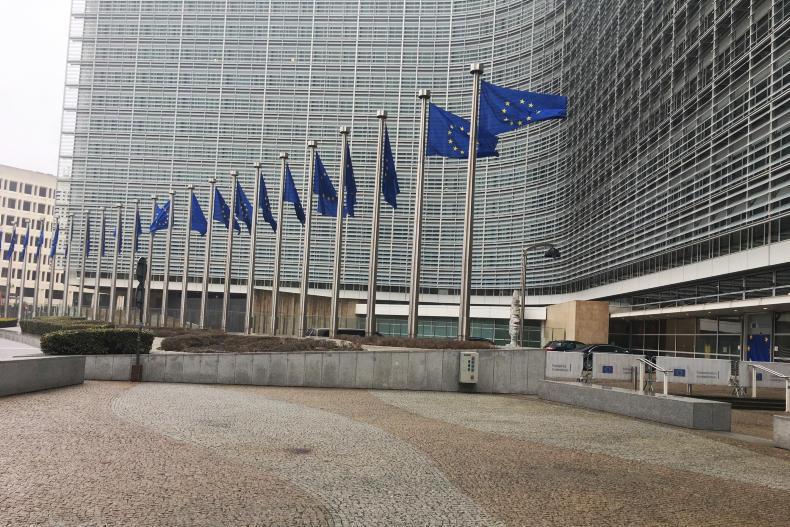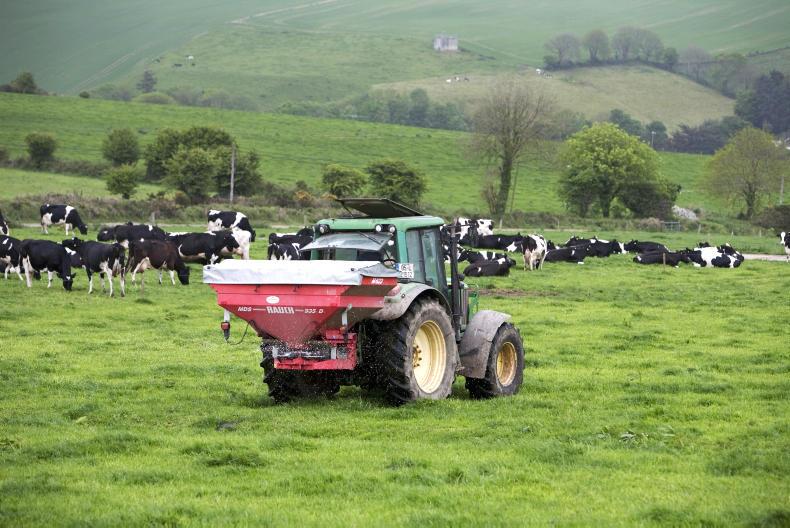There are few things more frustrating in farming than the belief that everyone else in the chain is earning large profits while the farmer gets what is left over.
What’s more, tens of thousands of farmers have just a choice of a handful of ever-larger customers to deal with, no matter what commodity it is.
Processors and retailers are continually merging or taking one another over, always widening the balance of power gap.
Much of this is driven by the secretive nature of the industry after the farm gate
Yet rationalisation in processing need not be a bad thing.
There are contrasting perspectives in the beef sector, where producers are usually hostile to losing an independent factory, and in the dairy sector, where mergers are generally seen as a good thing.
A case in point is the 2016 ABP-Slaney merger.
There is no doubt that the beef sector in particular suffers from a serious lack of trust between farmer and factory. Much of this is driven by the secretive nature of the industry after the farm gate.
Huge, privately owned companies that publish little, if any, financial information are observed investing millions in factory upgrades, acquisitions and increasingly into farming itself through feedlot developments.
There is a feeling among farmers that these fortunes being invested are made at the expense of suppliers.
The counter argument is that investment in processing facilities is a good thing and evidence of commitment to suppliers for the future demand for cattle. The reality is that in the absence of information, trust will not be built, nor will farmers gain a sufficient insight to the vagaries of the market after the farm gate.
What can be done?
While little can be done about market price as it will always be set by the most basic economic formula, supply and demand, much can be done with knowledge and transparency.
The European Commissioner for Agriculture Phil Hogan appointed a taskforce to examine this and unfair trading practices beyond the farm gate and it reported in November. Among the many and far-reaching recommendations was that there should be “mandatory price reporting to cover existing information gaps in the chain and dissemination of the collected data in duly aggregated form to increase transparency”.
The implementation of the recommendations is part of the Commission’s work stream this year.
For the meat sector, a readymade model exists in the US and Canada with what is called the boxed beef cut-out reporting system. Basically, this does for the processed meat sector what mandatory price reporting of cattle does to establish farmgate cattle prices.
Pricing reporting
Numbers of cattle and their price are required by law to be reported to Brussels each week from factories killing over 20,000 cattle.
In the US it is a legal requirement to have daily updates of price reports on boxed beef and stocks.
This allows complete transparency of stocks and values being achieved. It does not necessarily improve market price, but it does increase understanding of how the market works.
In Ireland and the EU we currently rely on anecdotal evidence of coldstores being full or empty of beef, that steak meat isn’t selling or factories are looking for cattle just to get steak meat with perhaps the roasting cuts struggling to sell.
It would be so much better if there was an EU-wide inventory of just what was available. Farmers would then at least understand why cattle prices were at a particular point.
Read more
Unfair trading practices under the spotlight at European Council of ministers
Brussels Insight: EU set to legislate on unfair trade
There are few things more frustrating in farming than the belief that everyone else in the chain is earning large profits while the farmer gets what is left over.
What’s more, tens of thousands of farmers have just a choice of a handful of ever-larger customers to deal with, no matter what commodity it is.
Processors and retailers are continually merging or taking one another over, always widening the balance of power gap.
Much of this is driven by the secretive nature of the industry after the farm gate
Yet rationalisation in processing need not be a bad thing.
There are contrasting perspectives in the beef sector, where producers are usually hostile to losing an independent factory, and in the dairy sector, where mergers are generally seen as a good thing.
A case in point is the 2016 ABP-Slaney merger.
There is no doubt that the beef sector in particular suffers from a serious lack of trust between farmer and factory. Much of this is driven by the secretive nature of the industry after the farm gate.
Huge, privately owned companies that publish little, if any, financial information are observed investing millions in factory upgrades, acquisitions and increasingly into farming itself through feedlot developments.
There is a feeling among farmers that these fortunes being invested are made at the expense of suppliers.
The counter argument is that investment in processing facilities is a good thing and evidence of commitment to suppliers for the future demand for cattle. The reality is that in the absence of information, trust will not be built, nor will farmers gain a sufficient insight to the vagaries of the market after the farm gate.
What can be done?
While little can be done about market price as it will always be set by the most basic economic formula, supply and demand, much can be done with knowledge and transparency.
The European Commissioner for Agriculture Phil Hogan appointed a taskforce to examine this and unfair trading practices beyond the farm gate and it reported in November. Among the many and far-reaching recommendations was that there should be “mandatory price reporting to cover existing information gaps in the chain and dissemination of the collected data in duly aggregated form to increase transparency”.
The implementation of the recommendations is part of the Commission’s work stream this year.
For the meat sector, a readymade model exists in the US and Canada with what is called the boxed beef cut-out reporting system. Basically, this does for the processed meat sector what mandatory price reporting of cattle does to establish farmgate cattle prices.
Pricing reporting
Numbers of cattle and their price are required by law to be reported to Brussels each week from factories killing over 20,000 cattle.
In the US it is a legal requirement to have daily updates of price reports on boxed beef and stocks.
This allows complete transparency of stocks and values being achieved. It does not necessarily improve market price, but it does increase understanding of how the market works.
In Ireland and the EU we currently rely on anecdotal evidence of coldstores being full or empty of beef, that steak meat isn’t selling or factories are looking for cattle just to get steak meat with perhaps the roasting cuts struggling to sell.
It would be so much better if there was an EU-wide inventory of just what was available. Farmers would then at least understand why cattle prices were at a particular point.
Read more
Unfair trading practices under the spotlight at European Council of ministers
Brussels Insight: EU set to legislate on unfair trade










SHARING OPTIONS